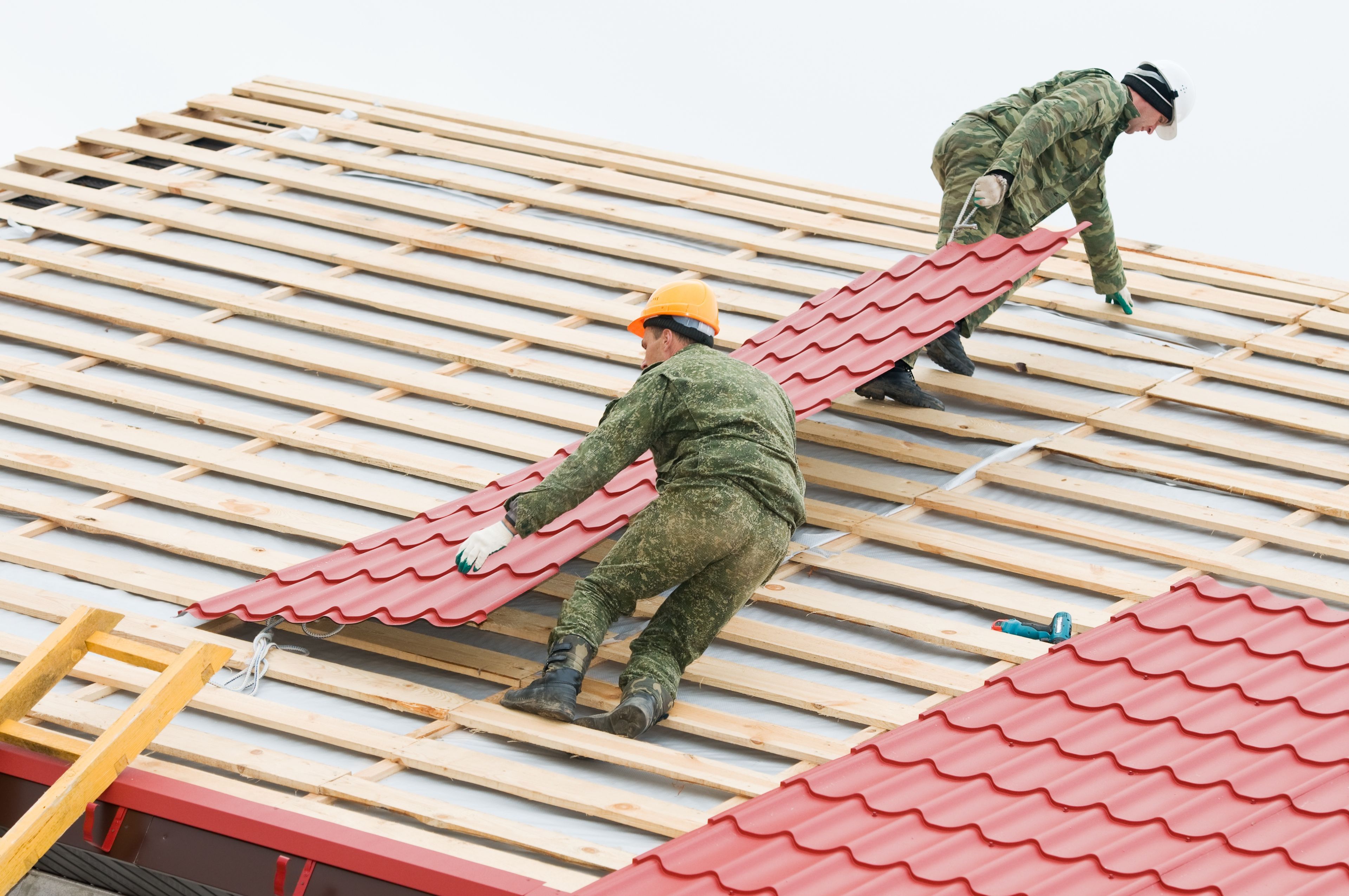How to Successfully Stabilize Your Foundation When Building a House

Building a house? If so, we’d like to congratulate you on taking the initiative to create a home for yourself. Now, you need to remember how important proper construction is. A poorly-made house isn’t going to be much of a house or for very long. You need to start from the bottom up. Here are four ways to successfully stabilize your foundation when building a house.
Ensure You’re Building in the Right Spot
Even if it looks like an area would be ideal for a house based on how much space is available, you can’t be entirely sure. An otherwise perfect home plan can be ruined by one thing: soil. You need to make sure that the soil you’re building on is strong enough to withstand your foundation and the rest of the home. If it isn’t, don’t despair. You can use soil stabilization to successfully make it suitable for building.
Surveying
Any construction project, whether it’s building a house or a 30-foot skyscraper, requires accuracy in calculations. Before the first brick of slab of cement is put down, there needs to be a clear understanding of what should go where and how much. A professional surveyor will be able to tell you where the foundation needs to be placed. This helps ensure your house is able to be held up as it should be.
Work with Professionals
When it comes to building a home, there are going to be different construction specialists that you consult with. In addition to the architects who design the home and the builders who see it to completion, there are also surveyors and other roles to be filled. For stabilizing your foundation, you should work with a company who is experienced with soil stabilization and grouting, which is a way of filling in gaps through use of liquid concrete. This helps give further stabilization to your home.
Treat the Footings Well
Did you know your foundation has a foundation of sorts? It’s underneath the actual foundation and is known as the footings. If your footings aren’t in shape, your foundation and your house, from basement to roof, won’t be either. Make sure that the footings are properly installed and maintained. This means you should do things like seal them, so that they won’t be exposed to moisture.
We hope this has given you a great idea of how and why you should stabilize your foundation. When building a house, you want to make sure everything is in order. With proper foundation stabilization, you can start off right.


0 Comments
Recommended Comments
There are no comments to display.